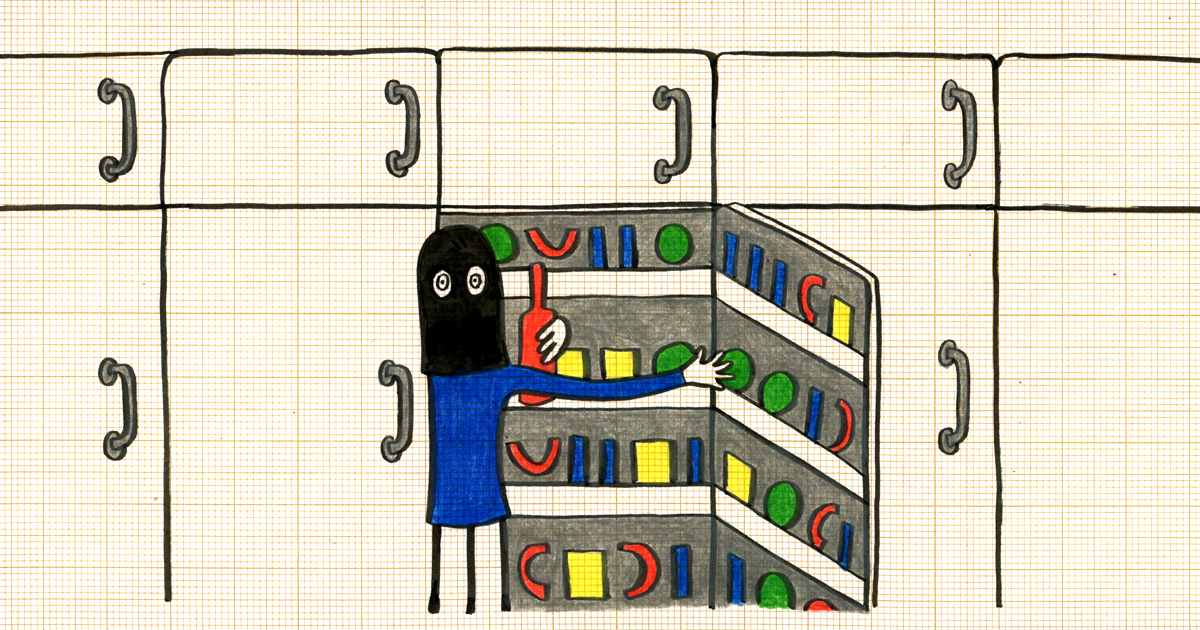Cette publication est également disponible en :
![]() Français
Français
We recently announced the launch of a partnership between GDR O3 and Nez. It gives us the perfect opportunity to offer you a regular round-up of the studies resulting from the work undertaken by the research group and its team of scientists from every field with a common focus: odour in all its forms.
The idea? Nez reads the scientific publications, and offers you a simpler, more accessible but still precise version.
Today, let’s take a look through the microscope at olfactory receptors, these essential yet little-known proteins, with Claire de March, Assistant Professor at CNRS – Université Paris-Saclay and member of the GDR O3.
Artificial intelligence is not the only approach to offer greater insights into how our sense of smell works. The challenge is that odorant receptors are particularly wary of revealing themselves in the laboratory, making it difficult to understand their structure: “Preparing receptors for laboratory study remains tricky because they present very poor expression on the surface of cell models commonly used for protein production,” explains biochemist Claire de March. Working with an international team of scientists, she participated in the creation of an experimental process that enables the production of a human odorant receptor in the laboratory and determination of its structure using cryo-electron microscopy. This technique involves rapidly freezing a sample and taking a snapshot of the protein to observe it in its native state. The receptor in question is OR51E2, found in the nose and in prostate cancer cells; it was judged to be the most suitable candidate because of its stability. Unlike many others, OR51E2 “has remained stable as species have evolved,” notes Claire de March.
What does the structure of this first odorant receptor look like? It “displays distinctive molecular structural patterns that may have a specific link to olfaction,” enabling us to smell, for instance, the scent of cheese. The research represents a real step forwards in understanding these proteins, earning it an article in the prestigious journal Nature.
- Contact: [email protected]
- More about GDR O3 on its website: https://www.gdr-o3.cnrs.fr/
- Claire de March, winner of the 2023 Irène Joliot-Curie “Young Women in Science” prize, is one of the icons from Nez#16 – Fashion & Perfume
Main visual: © Adèle Chévara





Comments